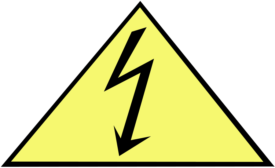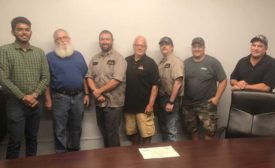Featured on Home Page
Smartphone, tablets & lockout-tagout
View electronic images of energy isolation points
November 28, 2018
How to pack safely for holiday air travel
(And it may get you through security faster, too.)
November 25, 2018
Editor’s Letter
Who “actively cares” for Congolese miners?
Empathy only goes so far
November 21, 2018
Become a Leader in Safety Culture
Build your knowledge with ISHN, covering key safety, health and industrial hygiene news, products, and trends.
JOIN TODAYCopyright ©2025. All Rights Reserved BNP Media.
Design, CMS, Hosting & Web Development :: ePublishing











